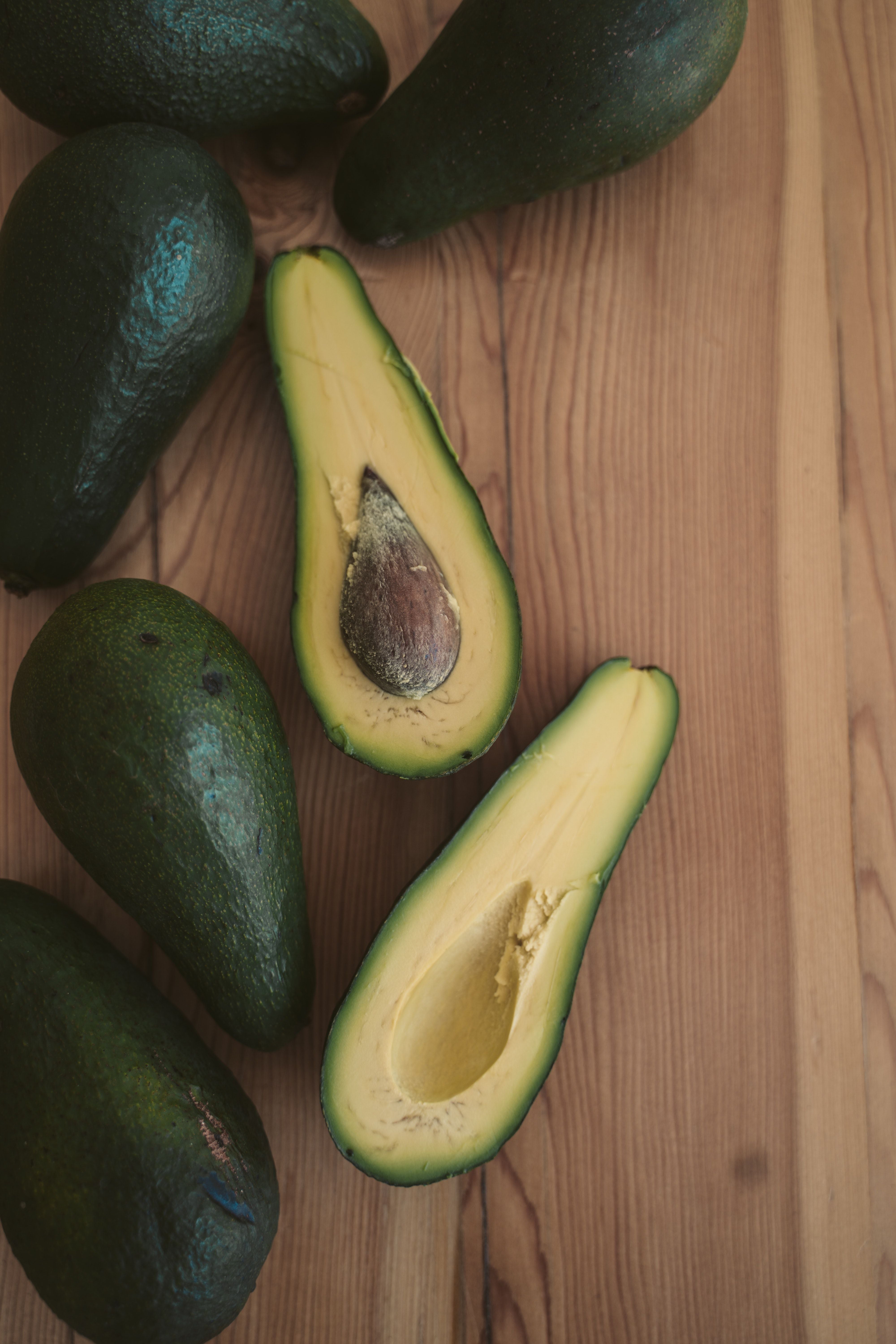
The industry is in danger. The latest news in Peru has reported on what is happening with the agro-export of Peruvian avocado, one of the inputs that generate income to the country and a large percentage of Peruvian families that are engaged in their planting. The first official reports indicate that the health authorities in the Netherlands have withdrawn a batch of the fruit from the market because it contains levels of cadmium over and above what is allowed by the European Union.
The Rapid Alert System for Food and Feed (RASFF) was the official institution to give the alert through a notification published on 21 March. According to this report, the warning has been classified as serious because Peruvian avocados contained cadmium at a rate of 0.054 mg/kg in ppm (milligram/kilogram in part per million). But why isn't it the right one? The authority indicates that the maximum allowable level is 0.05 mg/kg in ppm, as set out in the Annex to European Commission Regulation 488/2014, on the presence of cadmium, heavy metal in food.
WHAT IS CADMIUM?
Its general definition holds that it is a metal from the group of transition elements, silvery-white, malleable, tin-like, highly toxic, obtained almost exclusively as a by-product in the refining of zinc ores. It is used in alloys for the manufacture of fire extinguishers, fire alarms and fuses, in welding, etc.
Among the clinical manifestations of cadmium ingestion are symptoms such as nausea, vomiting, abdominal pain and headache. “In many cases there is severe diarrhea with collapse. These symptoms appear when water or food containing cadmium is ingested in concentrations of around 15 ppm. Acute poisoning can be caused by ingestion of high concentrations of cadmium and even leads to shock”, data expressed by the Institute of Social Security and Social Services of Workers of the State of Mexico.
HOW DID CADMIUM GET TO AVOCADOS?
Luis Gomero, engineer and president of the Peruvian Agroecological Consortium (CAP), explained on a daily basis La República that there are up to four sources of heavy metal contamination, which should be immediately traced by the National Agricultural Health Service (Senasa) of the Ministry of Agrarian Development and Irrigation (Midagri).
“... One, it may be because of plantations that have been in the mining environment; another, because the soil has been loaded and the plants are taking it; another, that they are making massive applications of pesticides. Finally, an unlikely option is for fertilizers containing cadmium, but that usually happens under tropical conditions with the use of phosphate rock.”
The professional also stated that the correct procedure is that those who have detected the case in the Netherlands must communicate the place of origin of the avocados in order to be able to take immediate action that does not cause difficulties in the agro-export of this food.

AVOCADO EXPORT
Shipments of avocado abroad, accumulated until August 2021, recorded a value of US $1,149.7 million, 59.8% more compared to the same period of the previous year (US $719.4 million). In August 2021 alone, it was worth US $267.2 million, while in the same period in 2020 it was obtained US $105.9 million, which represented a growth of 152.4%.
During the months of January to August 2021, avocado exports went to 38 countries; the Netherlands is presented as the main destination, with shipments of US$ 385.6 million, with a share of 33.5%; followed by the United States, with US $211.4 million (18.4%) and Spain with US $182.9 million (15.9%); these three countries comprise more than 67 per cent of the total exports, according to the report of the Ministry of Agrarian Development and Irrigation.
Últimas Noticias
Debanhi Escobar: they secured the motel where she was found lifeless in a cistern
Members of the Specialized Prosecutor's Office in Nuevo León secured the Nueva Castilla Motel as part of the investigations into the case

The oldest person in the world died at the age of 119
Kane Tanaka lived in Japan. She was born six months earlier than George Orwell, the same year that the Wright brothers first flew, and Marie Curie became the first woman to win a Nobel Prize

Macabre find in CDMX: they left a body bagged and tied in a taxi
The body was left in the back seats of the car. It was covered with black bags and tied with industrial tape
The eagles of America will face Manchester City in a duel of legends. Here are the details
The top Mexican football champion will play a match with Pep Guardiola's squad in the Lone Star Cup

Why is it good to bring dogs out to know the world when they are puppies
A so-called protection against the spread of diseases threatens the integral development of dogs




